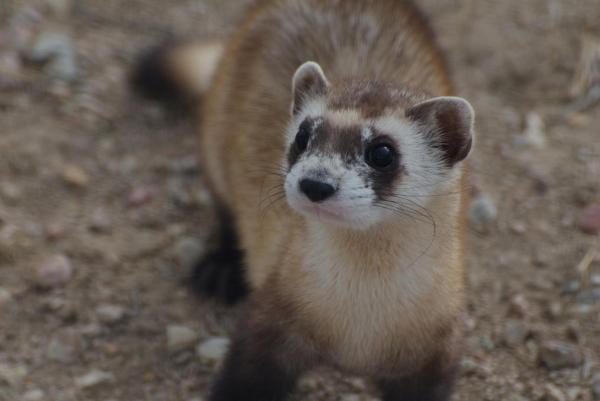
PHILLIPS COUNTY, Mont., July 12 (UPI) — Wildlife officials want to use drones to distribute vaccine-laced M&Ms to prairie dogs in order to save black-footed ferrets, an endangered species native to the western part of the central United States.
Black-footed ferrets, America’s only native ferret species, are found in just a few states. At current estimate, there are just 300 in the wild.
Their reliance on prairie dogs has made them vulnerable. The flea-borne disease, the sylvatic plague, continues to decimate prairie dog populations and also infect ferrets.
Infected or not, ferrets can’t survive without prairie dogs. To save ferrets, wildlife managers must save the prairie dogs.
To do so, officials have proposed dispensing vaccine-laced candies — specifically, M&Ms speared with vaccine-laced peanut butter.
Initial tests suggest the candies are successful at inoculating both prairie dogs and ferrets against the disease, but effectively scattering the bait by hand is difficult. Prairie dog populations and the ferrets that rely on them cover vast expanses of habitat.
“We dropped the vaccine out of a bag while walking around, but that’s very hard to do over thousands of acres,” Randy Machett, a FWS biologist, told The Guardian. “We are working with private contractors to develop equipment to drop the vaccine uniformly across an area, rather than one hog getting to eat a big pile of them.”
The plan involves the attachment of a gumball machine-like device to a small unmanned aerial vehicle. The flying candy machine will scatter three M&Ms every 30 feet.
“Flight times will be limited from dawn until noon to maximize the opportunity for prairie dogs to find and consume baits prior to night when other small mammals are more active and may compete for bait consumption,” officials explained in their proposal.
If approved, the plan will be put into action in early September in the UL Bend National Wildlife Refuge in central Montana.






